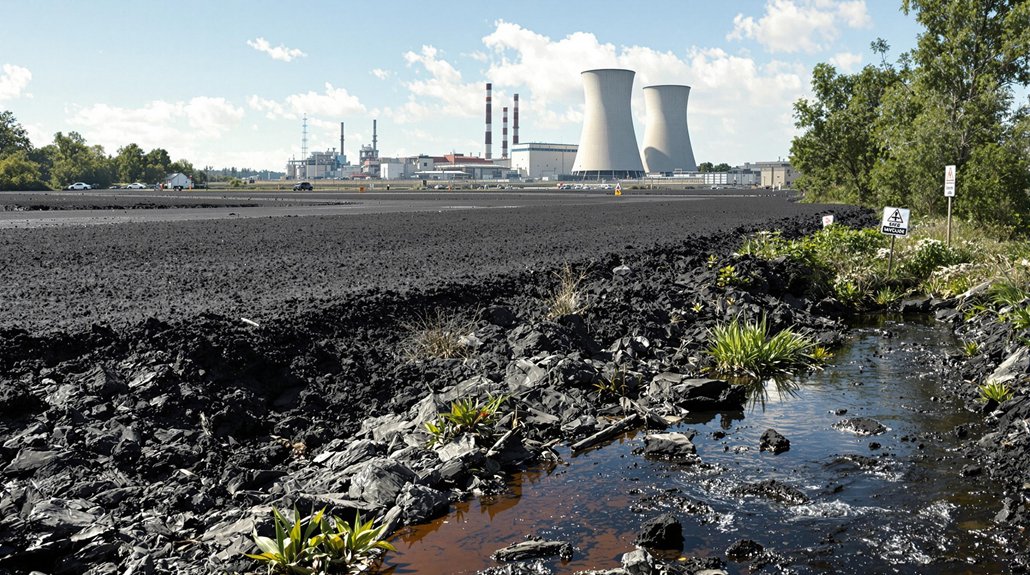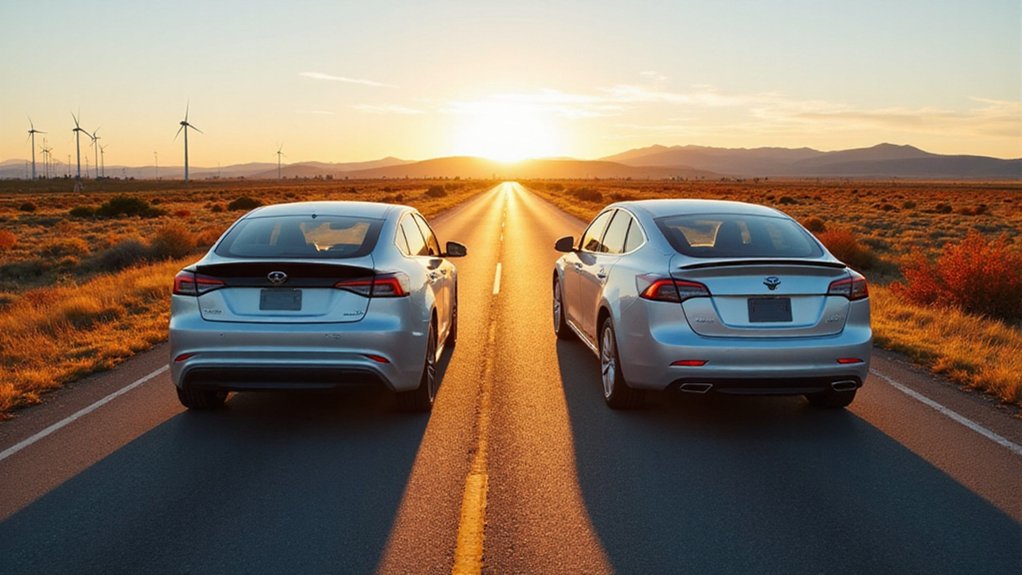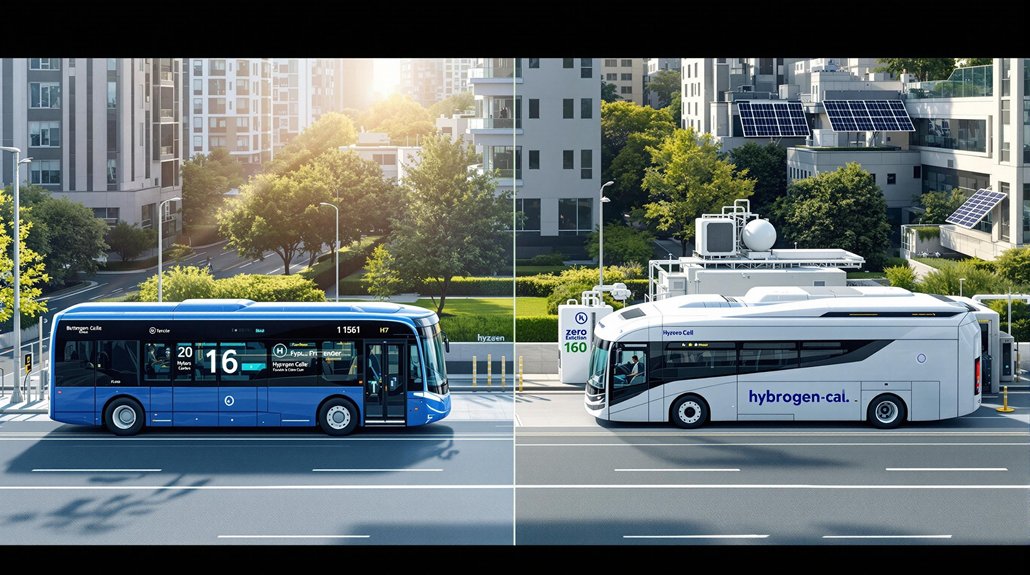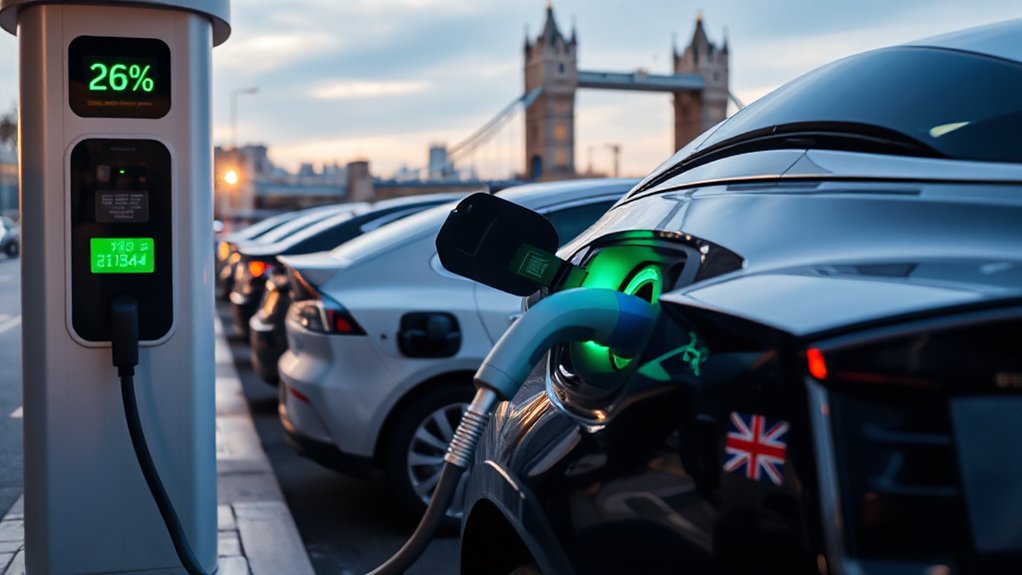China’s EV dominance is no accident. With 62% of global production and $230 billion in subsidies since 2009, they’ve crushed Tesla’s free-market approach. While Musk tweets, China builds—creating 10.2 million chargers nationwide and controlling 77% of battery manufacturing. Their state-backed strategy transformed knockoff makers into EV superpowers. A staggering 97% of Chinese consumers plan to buy EVs next. The numbers tell a story Musk doesn’t want to hear.
While the rest of the world debates the future of electric vehicles, China has already won the transformation. The numbers don’t lie. China produced 62% of the world’s EVs in 2022 and sold 59% of them. Not bad for a country that used to make knockoff toys and cheap electronics.
China dominates the EV revolution while others talk. Numbers don’t lie—they’ve captured the market and transformed their manufacturing reputation.
In 2023, Chinese factories churned out 8.91 million new energy vehicles. Let that sink in. They’ve got assembly lines pumping out electric cars faster than most countries can count them. And they’re not stopping – 2024 is expected to cross the 10 million mark. Tesla who?
How’d they do it? Money. Lots of it. The Chinese government showered the industry with $230 billion in subsidies since 2009. Free-market enthusiasts might call it cheating. Chinese officials call it smart planning. Their “Made in China 2025” industrial master plan wasn’t subtle about intentions.
Battery dominance sealed the deal. China controls 77% of global manufacturing capacity and 80% of raw material refining. CATL and FDB alone account for half the world’s EV battery production. That’s called cornering the market.
Chinese consumers are all in. An astounding 97% say they’ll buy an EV next. By 2030, seven out of ten new vehicles sold there will be electric. The charging infrastructure is expanding faster than gas stations at America’s interstate boom. Their nationwide network of over 10.2 million chargers provides unmatched convenience for EV drivers.
Labor costs help too. Chinese automakers spend less on workers while investing heavily in styling, tech, and user experience. They’re focusing on what drivers actually want: affordable cars that look good and perform well. Transformative concept.
Sure, challenges exist. Potential overcapacity looms. The EU and US are suddenly concerned about “fair trade” now that they’re losing. Tariffs and trade wars are brewing.
But China bet big on EVs when others hesitated. Now they’re laughing all the way to the charging station. Chinese automakers are expected to export approximately 6 million vehicles to over 140 countries in 2024. Sometimes the tortoise beats the hare – especially with government backing and a decade-long head start.








